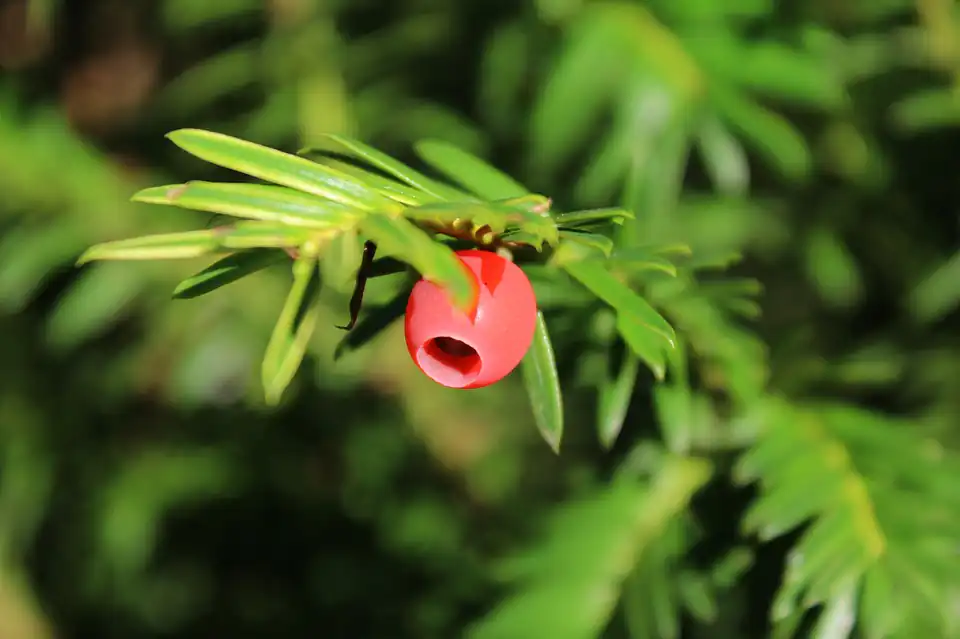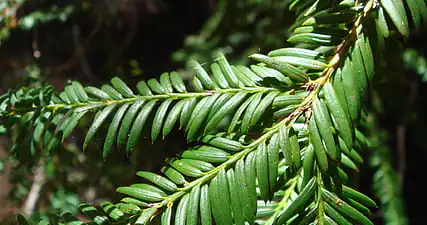Japanese Yew Bonsai: Inside or Outside?
The Japanese yew bonsai is a beautiful tree to grow yourself. However, while growing the tree, its placement plays a large aspect in how well it grows. Predominantly, this tree should be grown outside, and we’ll explain why in this article. We’ll also cover various aspects to consider if you want to grow this tree indoors.
Where’s the Best Place to Keep My Japanese Yew Bonsai?
Placement is a key aspect to keeping your Japanese yew bonsai tree alive. When picking if the plant belongs indoors or outdoors, you need to consider the sunlight, watering frequency, and temperature the plant survives at.
Sunlight
The Japanese yew requires an area that receives a large amount of sunlight. This tree will tolerate shade well, but the plant will grow slower as it receives less sunlight. Strong afternoon sun in hotter climates can damage the bonsai, requiring protection during hot summer days. As the Japanese yew is an evergreen tree, you’ll need to ensure it’s located in an area that receives sunlight throughout the year.
Watering Ease
The Japanese yew requires water wherever its soil is dry again. As such, this frequency will change depending on the amount of sunlight the tree is exposed to. If you’re uncertain about how often you need to water this tree, experiment with different locations. Use your finger to test the soil’s dryness and water accordingly.
Shelter
During the winter and summer, you’ll need to protect the tree. Factoring this into the location you keep the bonsai is essential. The tree will quickly suffer on hot days if exposed to full sun during the summer months. When the warmer months come, you’ll need to place the tree in light shade to prevent any damage.
As the winter months progress, you’ll need to shelter the tree from frost. Strong sunlight combined with icy winds will damage the tree, preventing growth and potentially killing it.
Seasons and Climates
The seasons and climates of your area will play a massive role in where you keep the Japanese yew bonsai tree. The plant suffers most in extremely warm or cold climates, especially during summer and winter.
Hot Summers
The plant will suffer during the warmer seasons if exposed to direct sunlight for too long each day. Moving the tree out of the sun or into the partial shade on such days will preserve it and keep the tree healthy. This method works whether you’re growing the tree indoors or outdoors.
Winters
The winter months expose your Japanese yew to cold winds that damage its structure and growth. Severe weather can kill the tree if you don’t protect it from the wind. Protecting the bonsai is easiest done within a greenhouse or indoors, as the bonsai is exposed to no wind in these locations.
Considerations for Keeping a Japanese Yew Bonsai Indoors
The best location for a Japanese yew is outdoors; however, it’s possible to grow the tree indoors. You’ll need to pay extra attention to the placement of the tree. There are also considerations to keep in mind if you have pets.
Placement
Ensure you place the bonsai by a sun-facing window that receives at least partial sun throughout the day. The tree may need to be moved throughout the day if the window exposes it to direct sunlight for long periods. Keep any nearby windows closed during the winter to prevent icy winds on your tree.
Pets
The Japanese yew contains two toxins that are lethal to dogs, cats, and other animals. If you’re growing this bonsai indoors, ensure you keep it in an area that’s inaccessible to any cat or dog that would chew on the tree. The taxine A and B within the bonsai are lethal, causing seizures in dogs and having the potential to cause heart failure. Any person or animal who’s ingested the plant needs immediate medical attention.
Final Verdict
The Japanese yew grows best when kept outdoors with decent exposure to sunlight. You’ll need to protect the plant during hot summer days and from the cold winter wind. If you decide to grow this bonsai indoors, keep it away from any pets, as ingesting parts of the tree can prove fatal.







